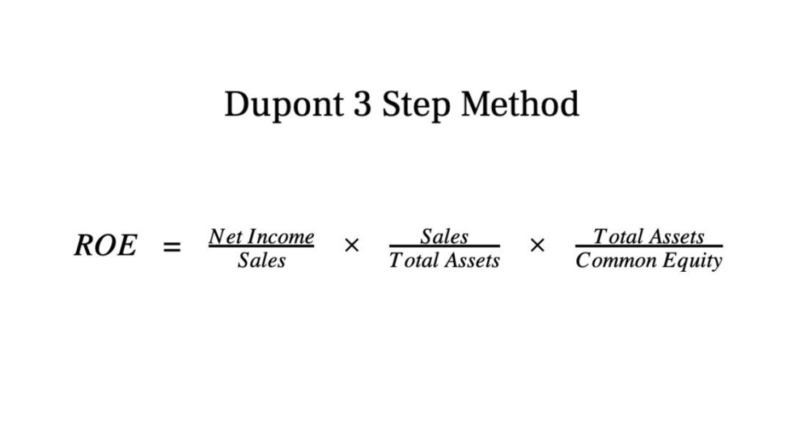
This tells potential investors that the company in question is not generating enough profits to meet its current liabilities. A company’s quick ratio is a measure of liquidity used to evaluate its capacity to meet short-term liabilities using its most-liquid assets. A company with a high quick ratio can meet its current obligations and still have some liquid assets remaining. It measures the ability of a company to meet its short-term financial obligations with quick assets. While the high inventory balance and growth benefit the current ratio, the quick ratio excludes illiquid current assets such as inventory. The gap between the current ratio and quick ratio stems from the inventory line item, which comprises a significant portion of the total current assets balance.
What is the approximate value of your cash savings and other investments?
Many business professionals use the quick ratio to check in on their company’s financial status. Using this ratio may be especially important for accountants because they deal directly with the company’s finances. This ratio is especially vital for accountants who create budgets, like certified management accountants. It’s relatively easy to understand, especially when comparing a company’s liquidity against a target calculation such as 1.0. The quick ratio can be used to analyze a single company over a period of time or can be used to compare similar companies.
Tips for Investors
- For example, in the retail industry, a store might stock up on merchandise leading up to the holidays, boosting its current ratio.
- Otherwise referred to as the “acid test” ratio, the quick ratio’s distinction from the current ratio is that a more stringent criterion is applied for the current assets included in the calculation.
- 11 Financial is a registered investment adviser located in Lufkin, Texas.
- Ratios are tests of viability for business entities but do not give a complete picture of the business’s health.
For instance, a quick ratio of 1.5 indicates that a company has $1.50 of liquid assets available to cover each $1 of its current liabilities. One of those, the quick ratio, shows the balance between your current assets and your current liabilities, with the best result showing that current company assets outweigh current liabilities. You’ll remember from Accounting 101 that assets are anything you own and liabilities are anything you owe.
How confident are you in your long term financial plan?
This includes cash and cash equivalents, marketable securities, and current accounts receivable. On the contrary, a company with a quick ratio above 1 has enough liquid assets to be converted into cash to meet its current obligations. “It’s the company’s ability to pay debt due soon with assets that quickly convert to cash. You can use the quick ratio to determine a company’s overall financial health.” A quick ratio that is greater than 1 means that the company has enough quick assets to pay for its current liabilities.
It includes anything convertible to cash almost immediately, such as bank balances and checks. Current assets are assets that can be converted to cash within a year or less. It includes quick ratio equation quick assets and other assets that might take months to convert to cash. It indicates if a business can meet its current obligations without experiencing financial strain.
A higher ratio indicates that the company has more liquidity and financial flexibility. However, it’s essential to consider other liquidity ratios, such as current ratio and cash ratio when analyzing a great company to invest in. This way, you’ll get a clear picture of a company’s liquidity and financial health. Investors who are looking to perform in-depth assessments of companies can benefit from comparing liquidity metrics in financial analysis. The quick ratio, current ratio, and cash ratio can all be used to measure this kind of financial health. When analyzing a company’s liquidity, no single ratio will suffice in every circumstance.
Why is it important for a company to have a high quick ratio?
The ratio is important because it signals to internal management and external investors whether the company will run out of cash. The quick ratio also holds more value than other liquidity ratios, such as the current ratio, because it has the most conservative approach to reflecting how a company can raise cash. The quick ratio pulls all current liabilities from a company’s balance sheet, as it does not attempt to distinguish between when payments may be due. The quick ratio assumes that all current liabilities have a near-term due date.
Thus, it should be considered alongside other metrics, such as the earnings-per-share or rate-of-return on investments. The quick ratio tells you how easily a company can meet its short-term financial obligations. A higher ratio indicates a more liquid company while a lower ratio could be a sign that the company is having liquidity issues. The current ratio will usually be easier to calculate because both the current assets and current liabilities amounts are typically broken out on external financial statements.
A company operating in an industry with a short operating cycle generally does not need a high quick ratio. Financial ratios should be compared with industry standards to determine whether such ratios are normal or deviate materially from what is expected. It has short-term liabilities such as debt payment, payroll and inventory costs due within the next 12 months in a total amount of $40 million. We’re firm believers in the Golden Rule, which is why editorial opinions are ours alone and have not been previously reviewed, approved, or endorsed by included advertisers.




